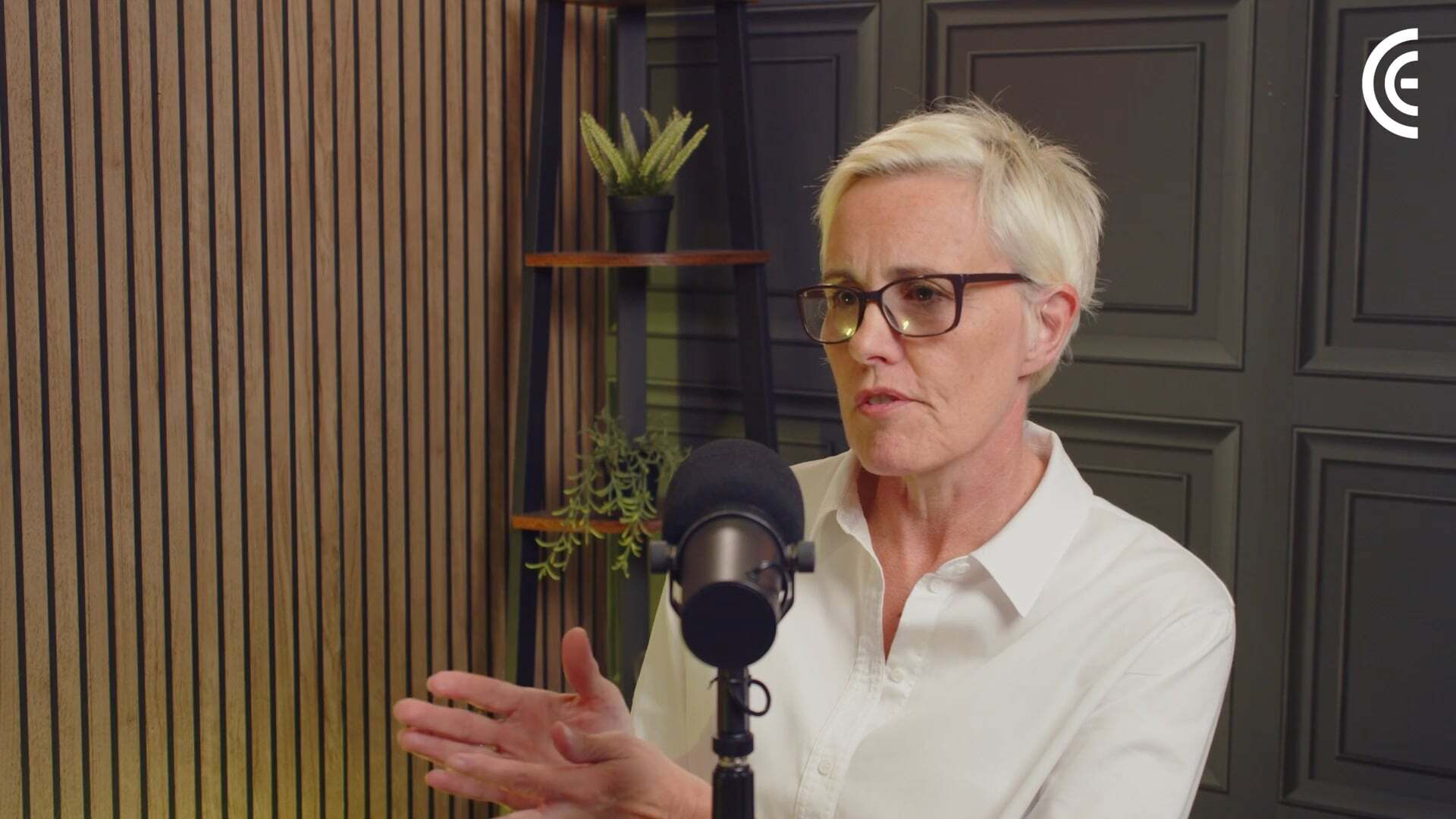Empathy Isn’t Enough: Why Judgment, Accountability, and Trust Define Leadership in the Age of AI
As AI reshapes work and decision-making, empathy is just the start. Learn why legitimacy, built on human judgment, accountability, and trust, will...
Insights to help leaders and organisations thrive and drive growth & inclusion.
Geraldine Gallacher Keynote Speaker
Speaker, podcaster, author and master coach.
Our resource hub for working parents, carers and managers navigating work-life balance.
Real stories from leaders driving inclusion & equity in today’s shifting world.
Fortnightly insights on leadership, equity & the future of work. For senior leaders & curious thinkers.
A monthly digest of the shifts shaping how we lead and work.
4 min read
 Geraldine Gallacher | CEO
:
Aug 13, 2025 10:28:47 AM
Geraldine Gallacher | CEO
:
Aug 13, 2025 10:28:47 AM

Discover why inner work is the new frontier in leadership. Learn how emotional agility and the PIVOT framework help leaders adapt, influence, and thrive
Most organisations are solving for the wrong side of leadership. They invest in competence, confidence, capabilities and compliance while overlooking the quiet psychological defaults that limit or derail performance.
The real difference between effective and ineffective leadership today often lies not in capability but in cognitive and emotional agility. It’s not what a leader knows but how they think, decide, relate, and adapt under pressure.
This article introduces PIVOT, a research-backed framework developed through thousands of hours in coaching rooms.
It offers a practical, structured path to help leaders shift from ingrained habits to intentional influence, and makes the case that inner work is now one of the most underutilised assets in leadership development.
Here’s the uncomfortable truth: the more successful leaders become, the harder it gets for them to change.
It’s not resistance. Many of the leaders we work with are open-minded and curious.
But over time, success reinforces a particular style: move fast, decide quickly, and stay confident. Eventually, that becomes the autopilot. That works, until it doesn’t.
Right now, we’re in what some call a polycrisis: multiple layers of pressure, change, and complexity all happening at once. The habits that made you great last year can now become blind spots.
Rolf Dobelli explains this well. In The Art of Thinking Clearly, he describes how cognitive biases can distort decision-making and lead to mental shortcuts. These, while efficient, often draw flawed conclusions, especially in uncertain or complex situations. And the more confident we become in our intuition, the more likely we are to fall into these traps.1
We see this in coaching. Leaders rarely get stuck because they don’t know something. They get stuck because an internal pattern, a belief, an assumption, or a reflex hasn’t evolved.
That’s not failure. But it is a call to pause and ask: “Is this still serving me?”
Most senior leaders don’t think of reflection as optional, but that doesn’t mean they have much time or permission to engage in it.
In fast-moving, high-accountability cultures, the signal is clear: deliver, decide, perform. Leadership development often mirrors this, offering tools, resilience tips, and behavioural models that don’t always reach what’s underneath.
And when leaders don’t have space to examine the thinking behind their actions, habits, assumptions and emotional triggers, they continue to do more of what used to work. Even when it no longer does.
Vertical development theory suggests that when leaders expand their reflective capacity, including the ability to hold opposing ideas and sit with ambiguity, they become more effective in complex situations.2
Neuroscience supports this. Practices such as reflection and reappraisal activate regions of the brain associated with emotional regulation and improved decision-making under pressure.3
And when leaders do this work, not just as a workshop exercise but as a repeated practice, people around them notice. They appear clearer, calmer, and more grounded. They become the kind of leader people can think with, not just take direction from.
We didn’t invent PIVOT as a toolkit. It emerged through working with leaders over time and noticing what helped them shift and what didn’t. It’s not a template. It’s a process. One that helps people slow down, see their patterns, and move towards more intentional leadership.

It’s not linear. Leaders cycle through it again and again. But over time, it’s not just their actions that change; it’s how they see themselves.
The most meaningful changes? They’re small and intentional.
A leader pauses before making a decision that they would usually rush. Another chooses to listen fully instead of making a fix. Someone known for control starts stepping back just enough to let others rise.
None of this sounds dramatic. But it is. Because it’s chosen and it’s different from before.
And it sticks.
Leaders rarely say, “I’m a different person.” They say things like: “I feel clearer.” “I’m not reacting so much.” “I’m finally leading the way I hoped I would.” And those changes don’t stay personal. They ripple out.
When a leader changes how they show up, it shifts how others show up. Conversations get more open, and people take more initiative.
Why? Because leadership sets the emotional tone of a team, often unconsciously. When that tone becomes more thoughtful and less reactive, the space feels safer, and that allows people to lean in.
The research supports this: Psychological safety isn’t built by slogans but by how leaders behave under pressure.4 Inclusion starts to feel more real, too. When leaders examine their blind spots and make adjustments, others feel seen and are more willing to contribute freely. This is not just soft culture but also performance.
This is how individual growth starts to shift the system.
This isn’t a theory. The PIVOT Leadership Framework works because it’s used in the real world, live, in the moment when things are messy.
Leaders don’t learn about reflection. They do it in one-to-one coaching and small peer groups. They bring real decisions, pressures, and relationships into the room. Patterns get named. Assumptions are challenged. New signals are tested.
The shift is personal, but it’s also visible. It is evident in how people communicate, how they hold space, and how they influence others.
That’s what makes it stick. It’s not something they remember to do, it becomes how they lead.
.png?width=538&height=302&name=Untitled%20design%20(13).png)
Leadership has always been demanding. But right now, it’s something else. Hybrid dynamics. Pressure to deliver. Social expectations are shifting faster than organisations can keep up.
Competence still matters, but it’s no longer the differentiator.
What sets leaders apart now is something deeper: the ability to stay steady in change. To pause. To think again. To relate with clarity, not just authority. That’s not soft. That’s strategy. And that’s what PIVOT helps build. Because when leaders remove what’s getting in their way, something real shifts.

As AI reshapes work and decision-making, empathy is just the start. Learn why legitimacy, built on human judgment, accountability, and trust, will...

Discover what psychological safety is, why it drives high-performing teams, and how modern leaders can manage their emotional systems to lead with...
.jpg)
Discover the five hidden barriers that hold leaders back, fear of failure, imposter syndrome, resistance to change, low emotional intelligence, and...